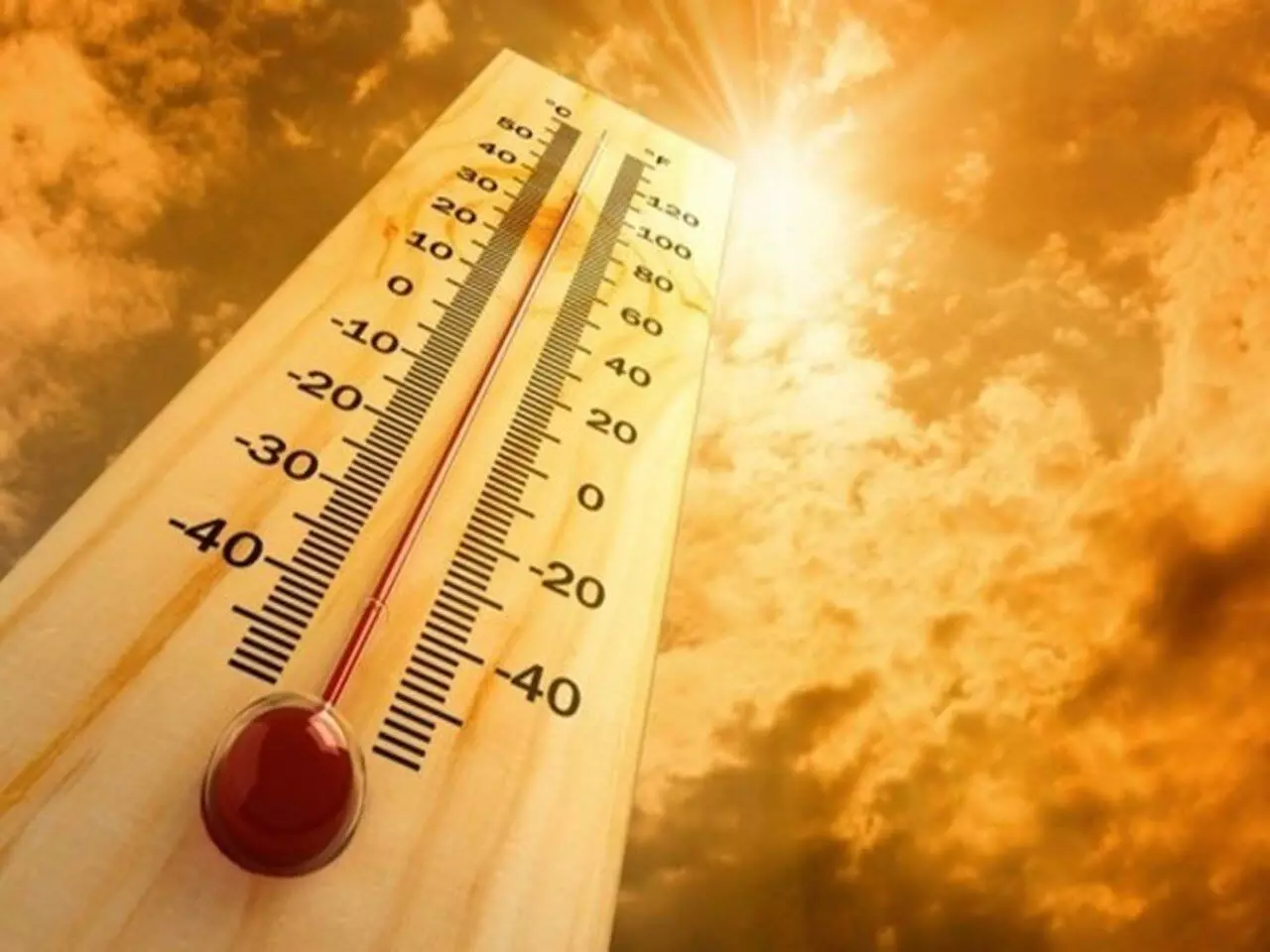
"Urban heat island" impact may be reduced by more trees, taller buildings near narrow streets
text_fieldsThe "urban heat island" effect, often known as the UHI, can be reduced by increasing the amount of trees, installing reflective pavement, and developing higher structures next to thinner roadways, according to a recent study.
The UHI effect, which refers to cities' propensity to retain heat, can cause dangerously high summertime temperatures.
However, this research from Pennsylvania State University, US, published in the journal Buildings, has suggested certain urban factors that can reduce this effect.
The study found that trees had a cooling effect on outdoor air temperature, mean radiant temperature, or or the heat given off by buildings and other infrastructure, and predicted mean vote index, a measurement designed to evaluate thermal comfort levels.
Further, the researchers determined that both a higher building adjacent to thinner streets, thus creating shade for the streets, as well as higher 'albedo' pavements or pavements better at reflecting sunlight led to lower mean radiant temperature and greater comfort levels. They are both urban morphological factors.
The researchers said that heat island hotspots and mortality rates tended to be greater in urban blocks with a socially disadvantaged population owing to a combination of physical factors, such as impervious surfaces and lack of vegetation, and social factors, such as vulnerability to heat-related health effects.
''Global warming makes some human habitats unbearably hot, but more so for socially and historically disadvantaged communities,'' said Guangqing Chi, professor of rural sociology, demography and public health sciences.
''This interdisciplinary project provides an effective, equitable urban design solution for enhancing resilience against extreme heating,'' said Chi.
The research was based in the US city of Philadelphia that, according to the researchers, experiences high rates of both poverty and extreme weather, a combination of socioeconomic and climate factors that made it an ideal location for investigation.
Quoting a 2021 study, this study said that Philadelphia had the highest poverty rate out of the most populated cities in the US, with 22.8 per cent of the urban people living below the poverty level. The city also has experienced its snowiest winter, two warmest summers, wettest day and two wettest years on record since 2010.
For the study, the researchers used the social vulnerability index, or SVI, from the Centers for Disease Control and Prevention, along with data about tree coverage to identify two neighbourhoods in the city.
While one of them had the lowest SVI and high tree coverage, the other had the highest SVI and the lowest tree coverage.
The researchers ran 24-hour simulations for six scenarios - winter, spring, summer, fall, extreme hot and extreme cold - on digital 3D models of these neighbourhoods, which incorporated information on construction materials, land cover, albedo and heat generated by human activities, along with environmental factors, such as air temperature and mean radiant temperature, and urban morphology.
The researchers found that while trees can create a cooling effect, these benefits are limited to their immediate surroundings. Areas without trees had significantly higher mean radiant temperatures, and the effect of trees on air temperature decreased as distance from the tree canopy increased.
With PTI inputs






